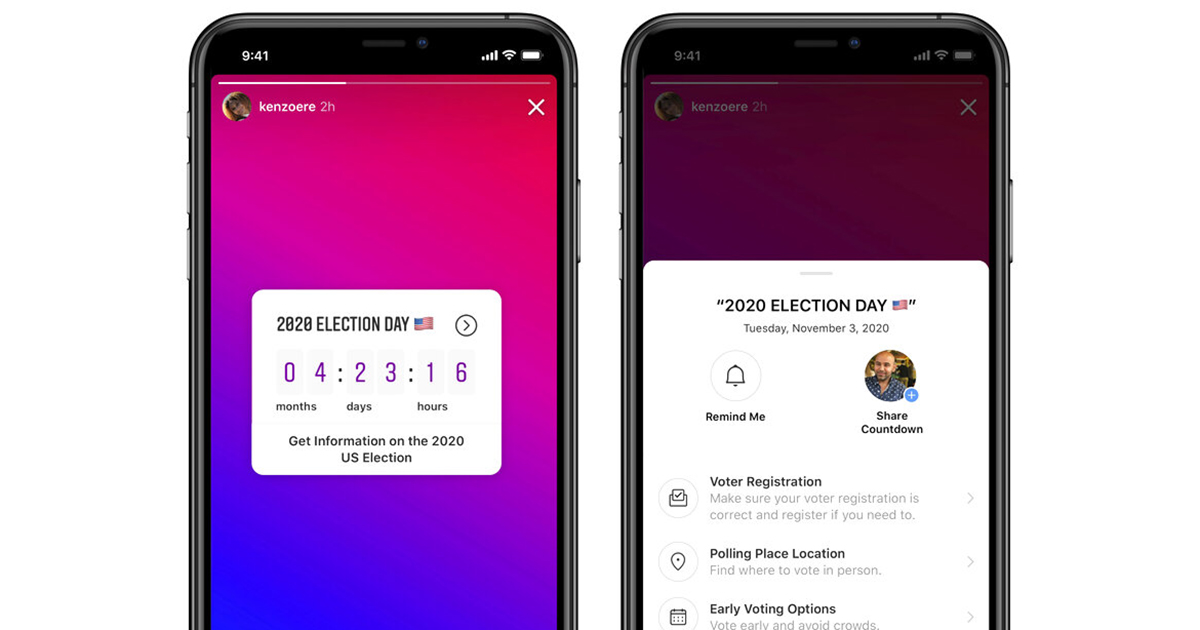NOGALES, Arizona (Border Report) — Some border ranchers living in Nogales, Arizona, have taken it upon themselves to maintain a barbed-wire fence where the U.S.-Mexico border touches parts of their land.
Dan Bell, a local cattle rancher, showed Border Report where the border wall comes in from the city of Nogales and ends. That’s where it meets a barbed-wire fence. Bell says it’s likely due to terrain and the lack of funding at the time when the wall was built.
“It’s probably been here for about 12 or 15 years,” he said about the fence, which is there as a barrier for cattle.
“We maintain this portion of the fence for our own purposes to keep our cattle from going into Mexico and to keep Mexican cattle from coming in,” Bell said. “We’ve been neighbors with our fellow ranchers in Mexico for three generations.”
But Bell says it hasn’t stopped people from trying to cross over into the U.S.
“Prior to this bollard-style fence and these roads that we actually came in on and then the towers that you see in the distance, this was a heavily used corridor,” he said. “They started putting in the infrastructure along with the road system to allow agents to get in here and then the technology to assist the agents and identifying people – that’s when we started to see a difference.”
Another part of his job as a border rancher, Bell says, includes maintaining water systems that are constantly used by people trying to come and get a drink. He says he’s seen people who’ve died from dehydration while trying to make the trek across the border.
“We do put faucets on our water system where the water we feel is safe for people to drink,” he said.
Bell’s neighbor down the road, Robert Noon, said he sees people on his ranch all the time. However, he considers himself lucky because there’s a buffer between his ranch and the border.
“The thing about my location is that I’m close to the highway, so it is much easier access for the Border Patrol to patrol it,” Noon said. “Whereas, there are a lot of other ranchers that are a little bit more remote, so for the Border Patrol, it takes longer for them to get there.”
Santa Cruz County Sheriff Tony Estrada says while it’s a challenge for law enforcement in communities along the border, there are more than 1,000 Border Patrol agents in this local area that oversee people trying to cross into the U.S.
“They will make false claims, present false documents or they will be smuggled in,” he said. “They will be going through the rural areas. That is where Border Patrol has all their technology and all their boots on the ground. We are not out there looking for them. We don’t have the personnel to do that. It’s their job to do that.
Santa Cruz County shares about 50 miles with Mexico. Estrada said the county partners with Border Patrol through a program called Stone Guard.
“We are assigned to hot spots, places where Border Patrol agents may not be able or may not want to be. We are eyes and ears.”
Visit the BorderReport.com homepage for the latest exclusive stories and breaking news about issues along the United States-Mexico border.









